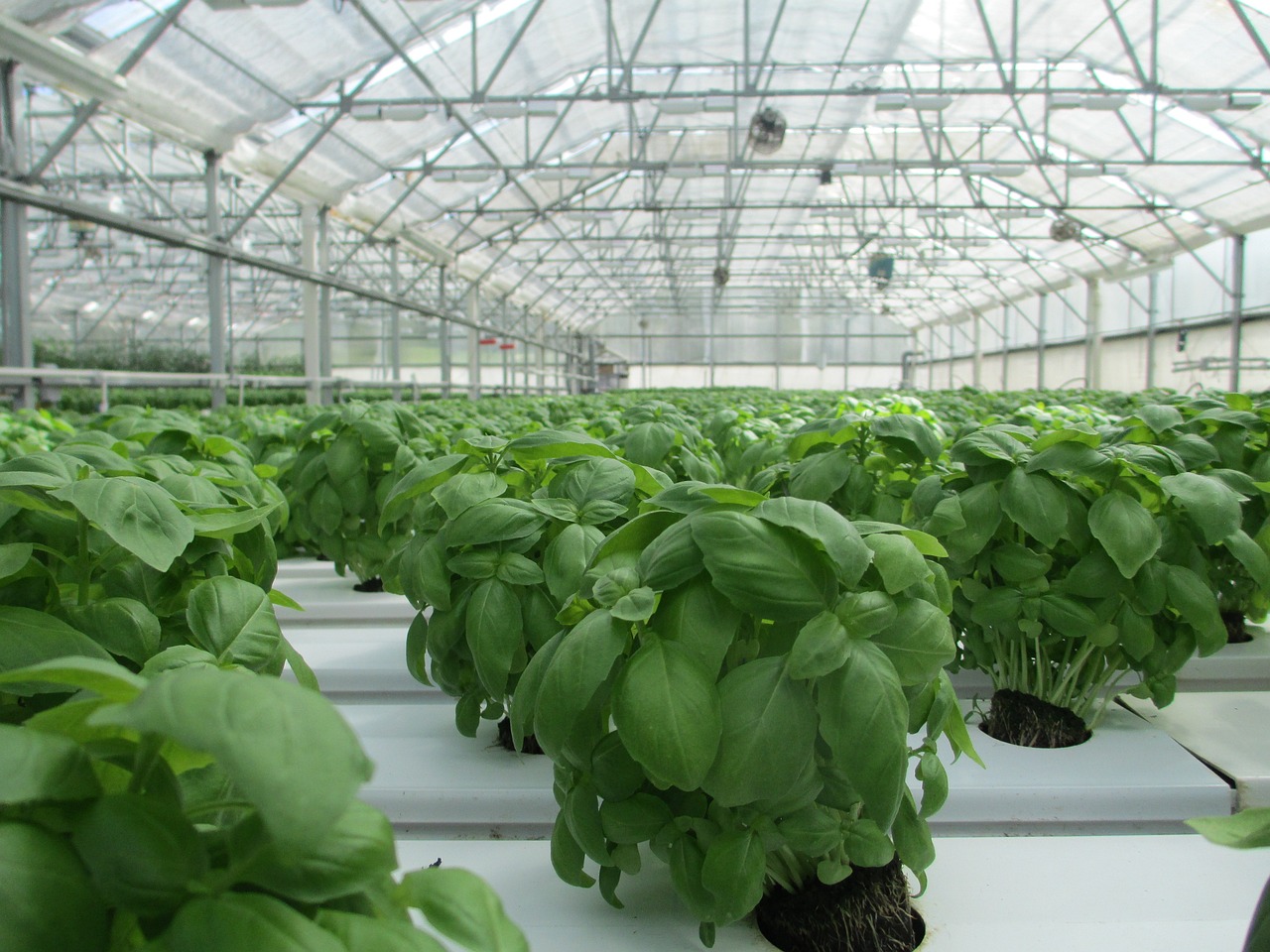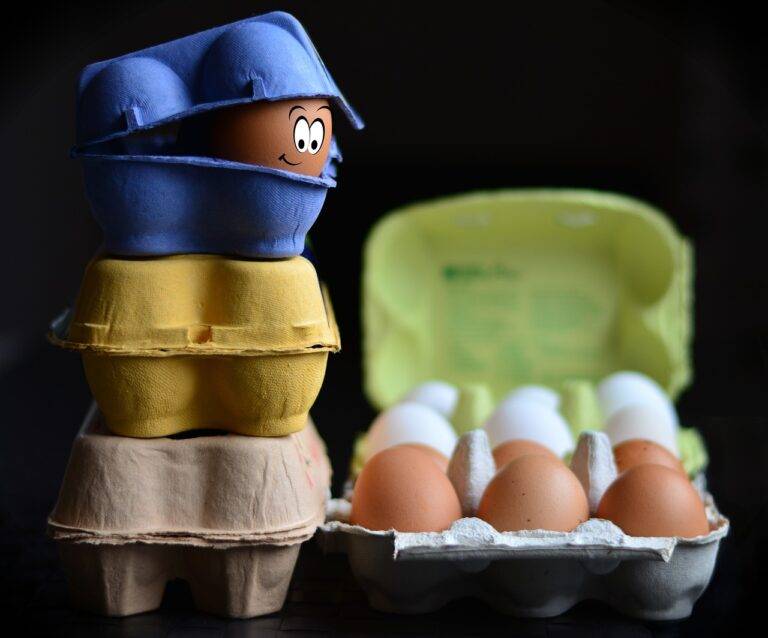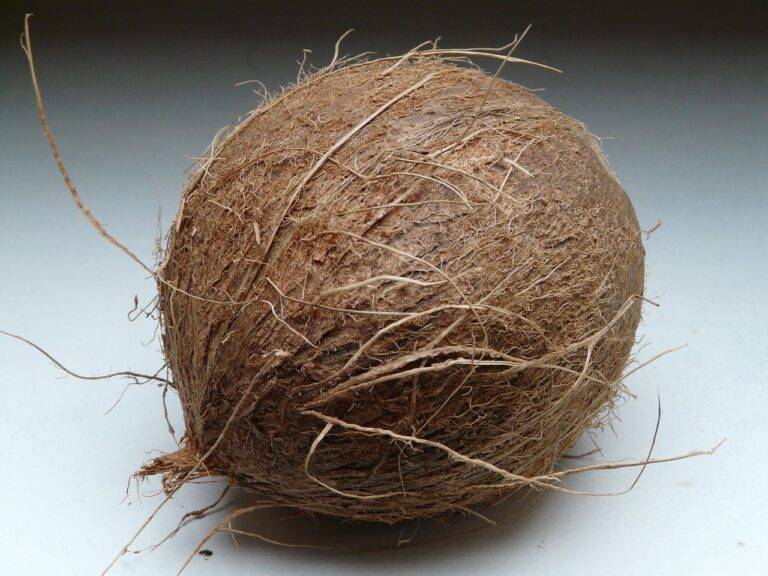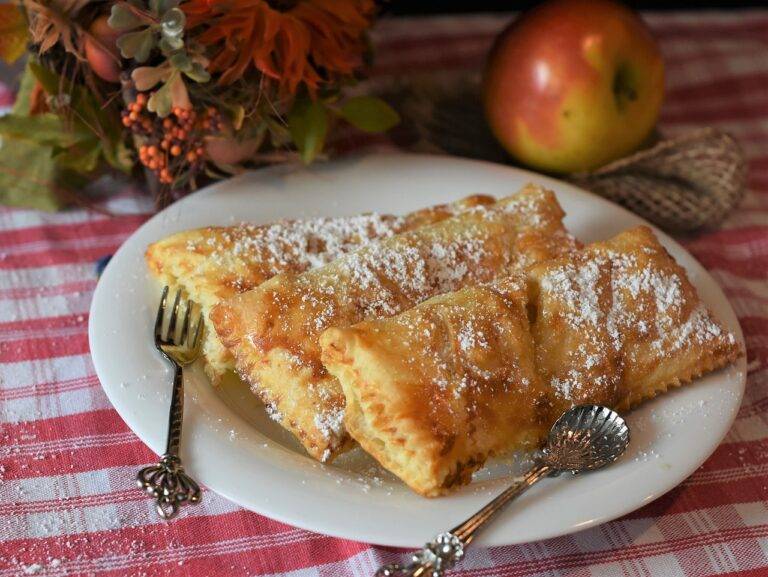The Future of Edible 3D Printing in Food
Edible 3D printing is a revolutionary technology that allows for the creation of edible items layer by layer using food-grade materials. This innovative process involves the deposition of various food materials to build intricate designs and shapes, enabling the production of customizable food products that were previously impossible to achieve through traditional methods. By utilizing special 3D printers equipped with food-safe components, edible creations can be fabricated with precision and complexity, offering a new realm of possibilities in the culinary world.
This cutting-edge technique has sparked interest across various sectors, including the food industry, culinary arts, and even healthcare. The ability to craft intricately designed edible products opens up avenues for customization and personalization in food creation. Additionally, edible 3D printing has the potential to revolutionize the way food is prepared, presented, and consumed, paving the way for novel culinary experiences and pushing the boundaries of traditional cooking methods.
Current Applications of Edible 3D Printing in the Food Industry
Edible 3D printing has sparked innovation in the food industry, offering unique opportunities for chefs and food technologists to create intricately designed food items. One current application involves the customization of confectionery products, where 3D printers are used to craft visually stunning chocolates, candies, and cake decorations with intricate designs that were previously challenging to achieve by hand. This technology allows for greater personalization and creativity in the presentation of desserts and baked goods, enhancing the overall dining experience for consumers.
Beyond confectionery, edible 3D printing is also being utilized in the development of functional foods with specific nutritional benefits. Companies are exploring the potential of 3D printing to create personalized dietary supplements, energy bars, and snacks tailored to individual preferences and dietary requirements. This approach not only enhances the efficiency of food production but also opens up possibilities for addressing specific health concerns and dietary restrictions in a more targeted manner.
What is edible 3D printing?
Edible 3D printing is the process of creating food items using 3D printing technology. It involves using edible materials such as chocolate, sugar, or dough to create intricate and customized food designs.
What are some current applications of edible 3D printing in the food industry?
Some current applications of edible 3D printing in the food industry include creating custom cake toppers, decorative garnishes for dishes, personalized chocolates, and even intricate sugar sculptures for desserts.
How does edible 3D printing benefit the food industry?
Edible 3D printing allows for greater creativity and customization in food design, making it easier for chefs and bakers to create unique and visually appealing dishes. It also enables food companies to mass-produce intricate food items more efficiently.
What are some challenges faced in the adoption of edible 3D printing in the food industry?
Some challenges in the adoption of edible 3D printing in the food industry include the high cost of 3D printing technology, the limited availability of edible materials suitable for printing, and the need for specialized training to operate 3D printers effectively.
Are there any safety concerns associated with edible 3D printing?
While edible 3D printing is generally safe, there are concerns about the quality and safety of the edible materials used in the printing process. It is important for manufacturers to use food-grade materials and adhere to strict hygiene standards to ensure the safety of the printed food items.





